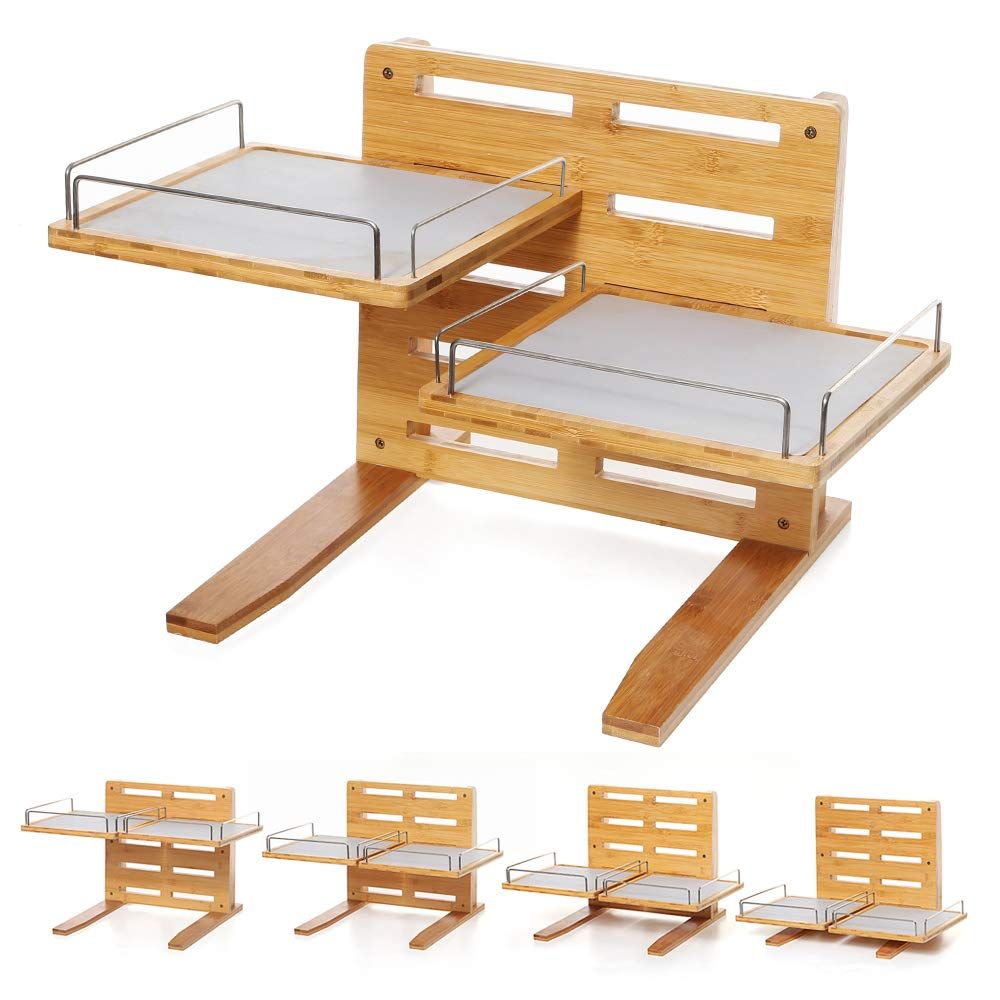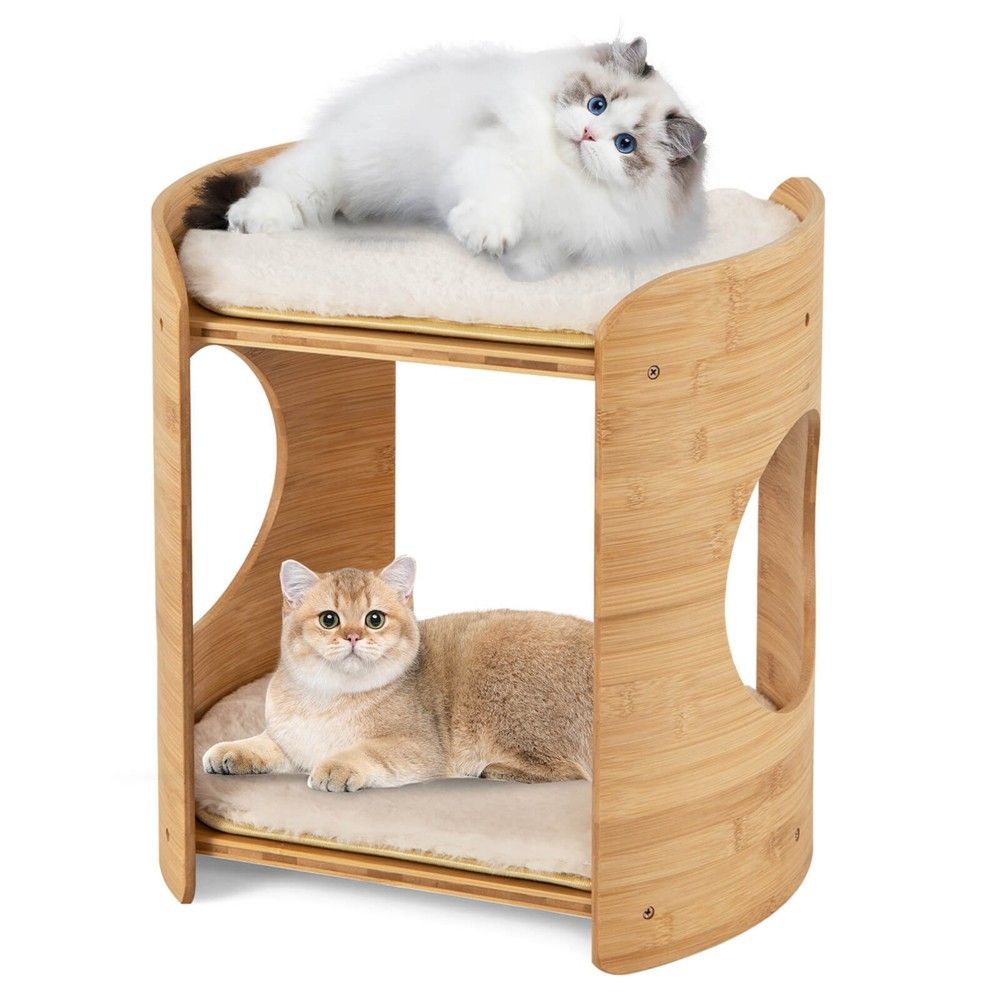Bamboo, often referred to as the “green gold” of the furniture industry, has transcended its traditional use to become a symbol of sustainability, style, and cultural heritage. In recent years, bamboo furniture has gained widespread popularity worldwide, significantly influencing global home culture. Its versatility, eco-friendliness, and unique aesthetic appeal make it a desirable choice for modern homes.
Sustainability: A Global Priority
One of the primary reasons bamboo furniture has gained traction globally is its sustainability. As environmental concerns become more prominent, consumers are increasingly seeking eco-friendly alternatives to traditional materials. Bamboo, a fast-growing grass that can be harvested without killing the plant, is a renewable resource that regenerates quickly. Unlike hardwood trees that take decades to mature, bamboo can be harvested within 3 to 5 years, making it an ideal material for environmentally conscious consumers.
In addition to its rapid growth, bamboo requires minimal water and no pesticides, further reducing its ecological footprint. This has led to bamboo furniture being favored in regions that prioritize sustainable living, such as Europe and North America, where consumers are increasingly looking to reduce their environmental impact.
Design Versatility and Aesthetic Appeal
Bamboo furniture is also celebrated for its design versatility. Its natural strength and flexibility allow it to be shaped into various forms, from sleek modern designs to intricate traditional styles. This adaptability makes bamboo suitable for a wide range of interior design aesthetics, from minimalist to bohemian.
In Asia, where bamboo has been used for centuries, it remains a staple in traditional homes. However, in the West, bamboo is often associated with modern, eco-friendly designs. The fusion of traditional craftsmanship with contemporary design trends has given bamboo furniture a unique global appeal. For example, Scandinavian design, known for its simplicity and functionality, has embraced bamboo as a material that aligns with its minimalist ethos while adding a touch of warmth and nature.
Cultural Significance and Global Influence
Bamboo’s cultural significance is another factor contributing to its global popularity. In many Asian cultures, bamboo symbolizes strength, resilience, and harmony with nature. These qualities resonate with the growing global trend of incorporating natural elements into home decor. As a result, bamboo furniture is not only seen as a functional piece but also as a cultural artifact that brings a sense of history and tradition into contemporary homes.
Furthermore, the global rise of wellness and mindfulness movements has increased the demand for natural and calming elements in interior design. Bamboo, with its light color and natural texture, is often used to create serene and tranquil spaces that promote well-being.
Bamboo furniture’s influence on global home culture is undeniable. Its sustainable nature, design versatility, and cultural significance make it a powerful force in shaping contemporary living spaces. As more consumers prioritize eco-friendly choices and seek to incorporate natural elements into their homes, bamboo furniture is set to continue its rise as a staple in global interior design.
Post time: Sep-02-2024








